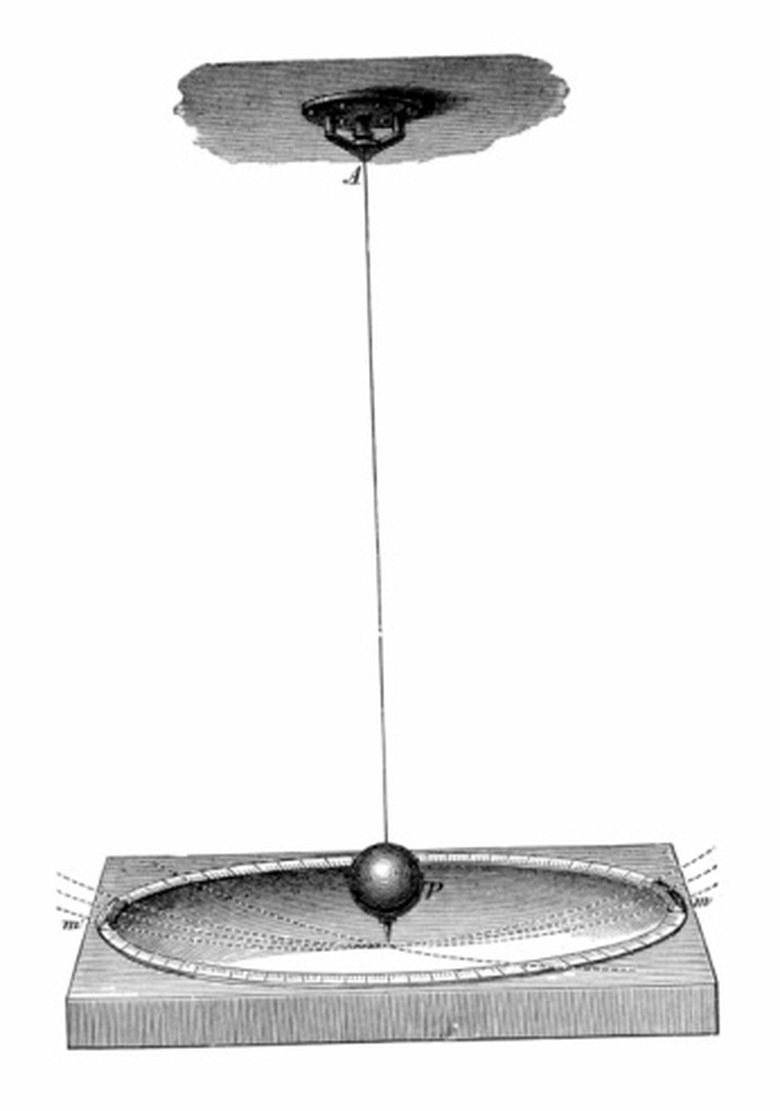First Grade Lesson Plans On Force & Motion
From the moment of birth, humans experience motion and movement. Voluntary movements such as wiggling fingers or opening and closing the jaw to cry, talk or eat; involuntary movements such as breathing and heart function; and natural forces such as gravity, wind, planetary orbits, and tides are so commonplace as to be taken for granted. Most young children have never thought about the physics that allow movement nor considered what life would be like without movement. First grade lesson plans on force and motion should introduce simple demonstrations of the scientific laws that govern movement and make daily activities possible.
Push and Pull
Push and Pull
A simple definition of force is pushing or pulling on an object in order to produce motion. Ask the children to brainstorm examples of everyday things that are moved by pushing or pulling, such as a bicycle pedal, teeter-totter or a door opening and closing. Show pictures of objects in motion such as a rocket blasting off, a parachute opening, a baseball leaving a pitcher's hand or making contact with a bat, a wheelbarrow or a child's wagon. Ask them to identify which forces are at work to cause the object to start or stop moving or change direction or speed: pushing, pulling, or both?
Gravity and Normal Force
Gravity and Normal Force
Gravity pulls people and objects downward toward the Earth. But people, cars, and buildings are not pulled into the ground nor does an object resting on a table display any sign of movement. Therefore, there must be an upward force that keeps things on the surface and at rest when undisturbed by outside forces. This opposing force is called "normal force." Lay a yardstick across the space between two chairs or desks. Balance a heavy book in the center and watch how the wood bends. Let students try to push down on the book to feel the resistance of the normal force that is trying to straighten out the yardstick. Give the children a single sheet of paper and ask them to build a paper bridge between two thick books that will hold a load of pennies. Let them bend, twist, tear and fold the paper to find the design that best balances normal force with gravity to hold the greatest number of pennies.
Resisting Forces
Resisting Forces
Without forces of resistance, there would be nothing to stop an object in motion. Have the children brainstorm the problems this might cause such as being unable to stop a car or slow your body to sit or sleep. Tides would cease and possibly overflow the land as the water kept moving in one direction with nothing to divert or stop it. Fortunately, friction and air pressure exert forces that allow objects to slow down, stop, or change direction. Roll a marble down an incline over different surfaces such as carpet, linoleum, or tile floors. Try sandpaper, a wet, sandy, or rocky surface. Measure how far the marble rolls over the different surfaces and compare how friction or the lack of it affects the marble's motion.
Inertia
Inertia
The law of inertia tells you that once you set an object in motion, it will tend to keep moving at the same speed and direction until another force acts on it to speed it up, slow it down, stop it or change its direction. Likewise, an object that is not moving tends to stay that way until another force sets it in motion. For example, a stack of nickels on a table will stay right where you put it as long is it is undisturbed. However, if you carefully aim and shoot another nickel at the bottom coin, the force of the coin in motion will set the coin it hits in motion, causing it to shoot out from the bottom of the stack while the upper layers simply drop down undisturbed. A pendulum is also a good demonstration of inertia keeping something in motion indefinitely until gravity and friction cause it to slow down.
Cite This Article
MLA
Hooser, Tamara Christine Van. "First Grade Lesson Plans On Force & Motion" sciencing.com, https://www.sciencing.com/first-lesson-plans-force-motion-8674554/. 24 April 2017.
APA
Hooser, Tamara Christine Van. (2017, April 24). First Grade Lesson Plans On Force & Motion. sciencing.com. Retrieved from https://www.sciencing.com/first-lesson-plans-force-motion-8674554/
Chicago
Hooser, Tamara Christine Van. First Grade Lesson Plans On Force & Motion last modified March 24, 2022. https://www.sciencing.com/first-lesson-plans-force-motion-8674554/
